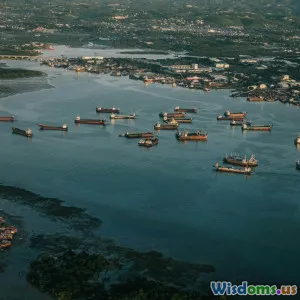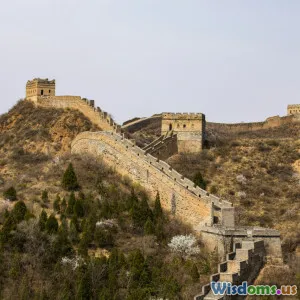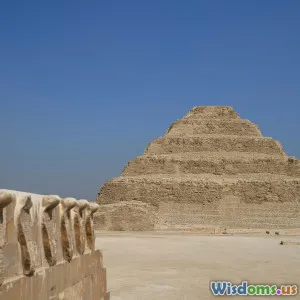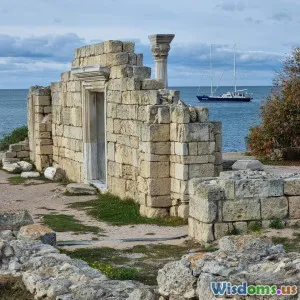
Secrets of Carthaginian Maritime Trade Networks Revealed
17 min read Explore how Carthaginian maritime trade networks shaped ancient commerce across the Mediterranean and beyond, uncovering archaeological and historical secrets. (0 Reviews)
Secrets of Carthaginian Maritime Trade Networks Revealed
The ancient world was home to many legendary seafaring civilizations, but few rival the maritime prowess of the Carthaginians. Despite being shrouded in the mists of time and overshadowed by their rivalry with Rome, Carthage’s navigators, merchants, and shipwrights wove together a complex web of trade networks—networks that not only built the Carthaginian Empire, but shaped the history of the Mediterranean and beyond. Modern archaeology and classical scholarship have begun to uncover the secrets of their vibrant sea-borne economy, offering fascinating insights and lessons relevant for global trade even in today's world.
The Rise of a Maritime Power

When Tyrian settlers from Phoenicia founded Carthage in the 9th century BCE, they were seeking opportunity amid the coastal winds of North Africa. What began as a modest port quickly exploded into a thriving metropolis, thanks largely to the Carthaginians’ expert seamanship and ambitious pursuit of commerce. By the late 6th century BCE, Carthage had established itself as the dominant maritime power in the western Mediterranean—its ships as recognizable as the purple cloth of its parent city, Tyre.
How did Carthage ascend so rapidly?
- Strategic Location: Their city commanded access to imported metals from Iberia, agricultural produce from Africa, and controlled chokepoints like the Strait of Gibraltar.
- Adoption & Improvement: Carthage inherited core seafaring technologie from Phoenicians—but expanded on them, developing larger merchant fleets (gaulos) and military vessels (biremes and triremes) to support both commerce and defense.
Recent underwater surveys near the Punic port of Carthage have revealed dock structures and slipways capable of hosting entire fleets, indicating investment on a scale comparable to Rome’s great port at Ostia centuries later.[^1] These impressive economic resources laid the foundation for the Carthaginian mercantile empire.
[^1]: Aounallah, N., et al. "The Punic Ports of Carthage: Discovery and Analysis." Journal of Mediterranean Archeology (2021).
Mastering the Mediterranean Sea-Lanes
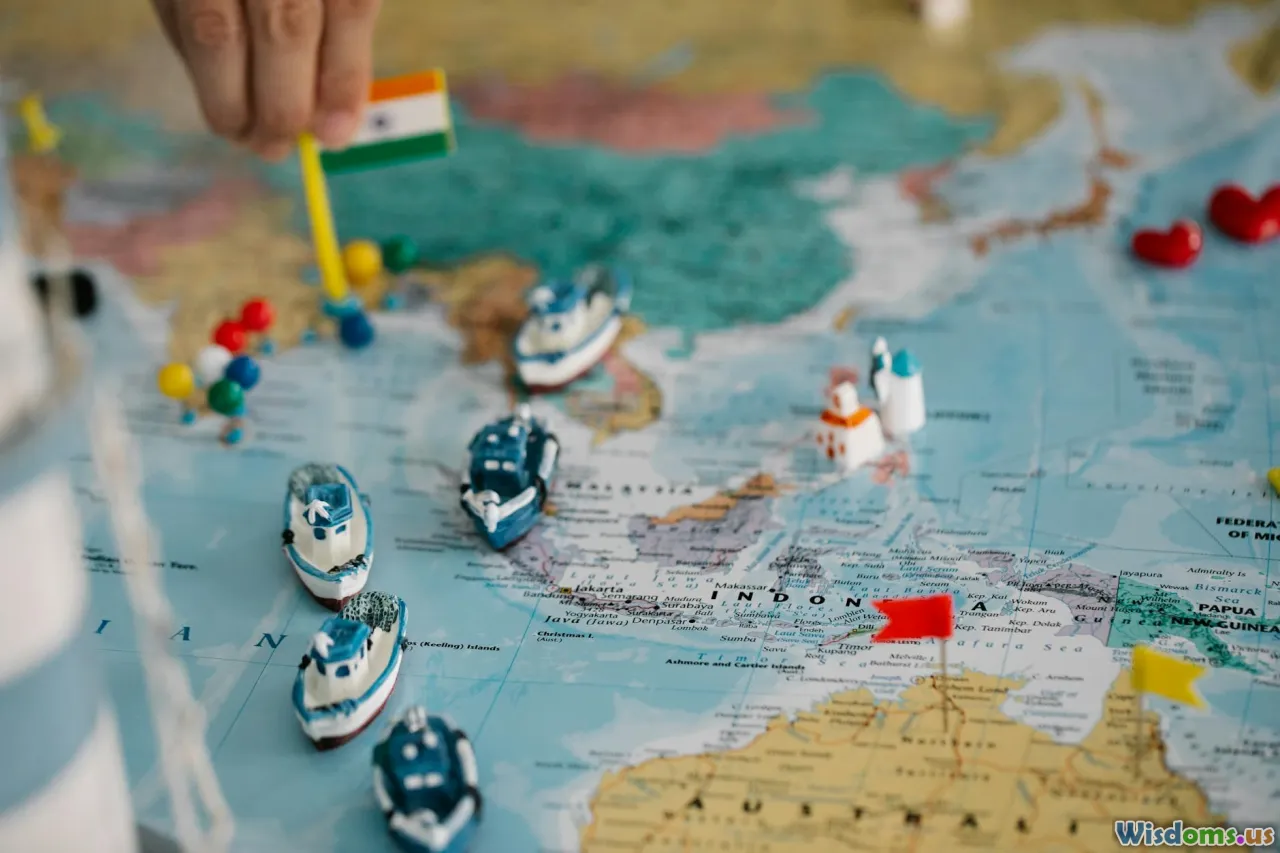
Carthaginian mariners navigated some of the most critical and turbulent waters in the ancient world. From the sandy shores of Tunisia, their trading routes fanned out to Sicily, Sardinia, Corsica, the Balearic Islands, southern Spain, and even southern France. The skilled sailors braved lack of accurate charts, sudden storms, and hostile competitors—but succeeded due to careful route planning and shrewd use of maritime resources.
Key trade routes and connections included:
- North African coast: Linking agricultural North Africa with Carthage and regional neighbors for grain, olive oil, and garum (fermented fish sauce).
- The Iberian Peninsula: For silver, copper, lead, and tin—essential materials in the Bronze and Iron Ages. Archeological finds near Cádiz demonstrate the scale of Carthaginian mining and smelting operations.
- Western Mediterranean islands: Bases like Motya (Sicily) and Ibiza (Balearics) became hubs for ship repair, warehousing, and provisioning.
- Long-range ventures: Classical accounts attribute to Carthaginian explorer Hanno the Navigator a voyage beyond the Pillars of Hercules (now the Strait of Gibraltar), possibly as far as the Gulf of Guinea. This record hints at ambitions—and capabilities—well beyond the Mediterranean heartland.
Navigation Without the Compass
Carthaginian sailors relied on coastal landmarks, the predictable patterns of Mediterranean winds (the etesian and sirocco), seasonal timing, and stellar navigation, particularly the North Star. Greek historian Polybius admired Punic sailors’ skill in hugging coastlines, maintaining frequent anchorages, and making use of line-of-sight navigation—subtle but critical knowledge for ancient seafarers.
The Architecture of Trade: Goods and Markets
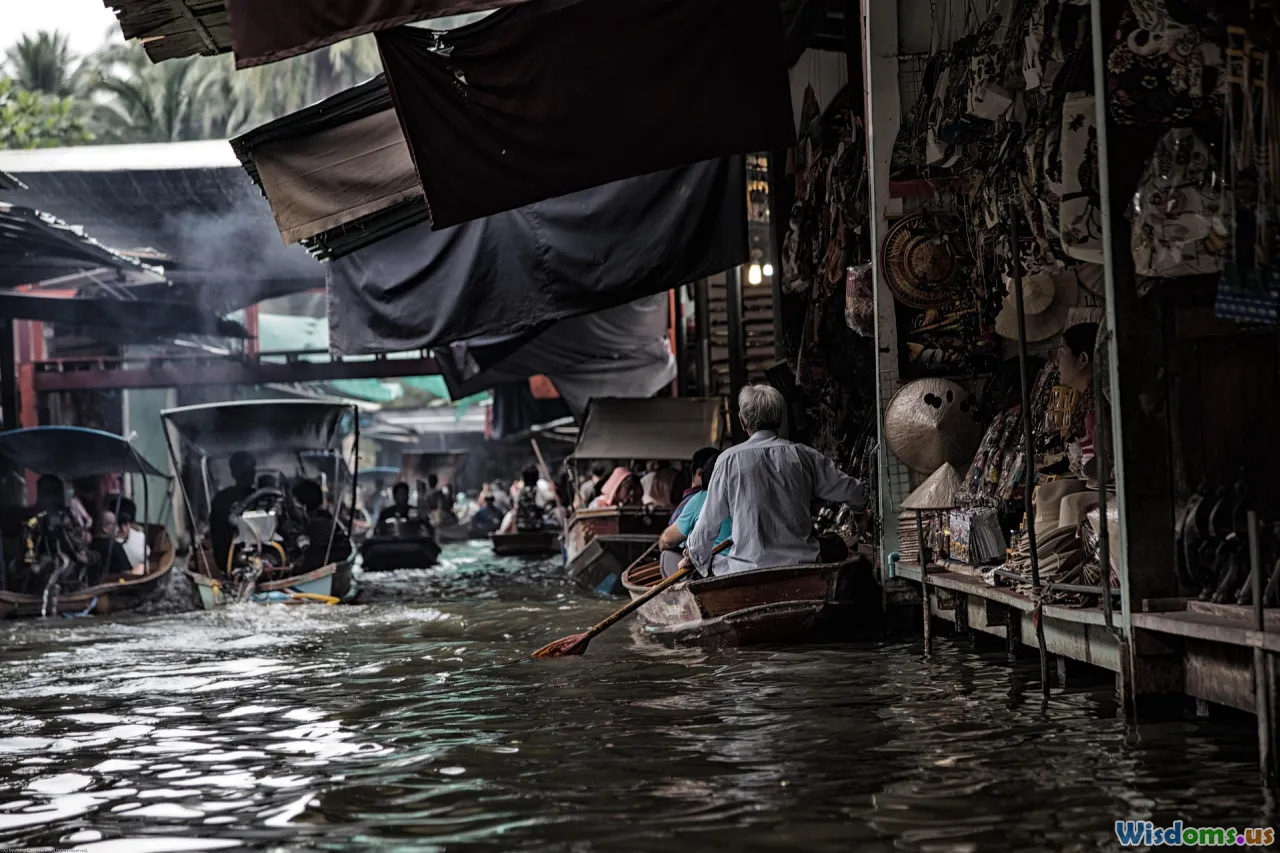
To understand Carthaginian trade, it's necessary to examine not only routes, but what traveled along them. Carthage's markets overflowed with a marvelous variety of goods sourced from three continents:
- Metals: Silver from Spain, copper and lead from Cyprus, gold dust from sub-Saharan Africa (traded via overland Saharan caravans to the port city).
- Foodstuffs: Grain from Africa's fertile hinterland, dried fish from the Western Mediterranean, honey, figs, olives and olive oil produced on vast Punic estates.
- Luxury Goods: Glassware, ceramics, Tyrian purple dye (from the murex shell), perfumes, and finely worked textiles exported as far as Etruria.
- Common Utilities: Salt, timber (mainly from Sicily and Corsica), and nautical essentials like pitch, ropes, and sails.
Excavations of warehouses and amphorae dumps at Carthage and trading outposts show distinct Punic designs—grease-proof pottery shapes ideal for long sea voyages—that have allowed historians to trace Carthage's economic networks well beyond Africa. Carthaginian coins, inscribed not with monarchs but with evocative symbols (horse, palm tree, Tanit), have been discovered in Italy, Spain, and even inland France, testifying to the broad connectivity of these traders.[^2]
[^2]: Miles, Richard. Carthage Must Be Destroyed: The Rise and Fall of an Ancient Civilization. New York: Viking, 2011.
Hubs, Passages, and Outposts: The Carthaginian Network Analyzed

What set Carthaginian trade apart was its sophisticated system of waystations and colonies that sustained voyages and secured profit. The network's architecture was public-private—a combination of government-supported interests, major merchant families, and established colonies, all working in synergy.
Key outposts included:
- Motya (modern-day San Pantaleo, off Sicily’s west coast): Developed harbors, religious centers, and workshops for dye production made Motya a crucial staging point for commerce between Africa and Italy.
- Gadir (modern Cádiz, Spain): A window to Iberian mineral resources and a defensive bulwark against Tartessian or Greek expansion.
- Ibiza (Ebusus): Both a trade emporium and cultural bridge to local peoples — its burial practices and religious iconography still bear Punic marks.
- Lixus and Mogador (on Morocco's Atlantic shore): Outposts affording access for trans-Saharan and Atlantic trade while widening Carthaginian influence well past Mediterranean waters.
At each of these hubs, the Carthaginians fortified their positions, established temples to Baal Hammon and Tanit, and developed infrastructure—cisterns, workshops, palatial warehouses—that could supply fleets, repair ships, and maintain culture. These settlements created corridors for cultural exchange as well as commerce: pottery, dietary habits, religion, and even alphabetic literacy spread up and down coasts with contract, coin, and cargo.
Partnerships and Competition: Allies, Rivals, and Clients
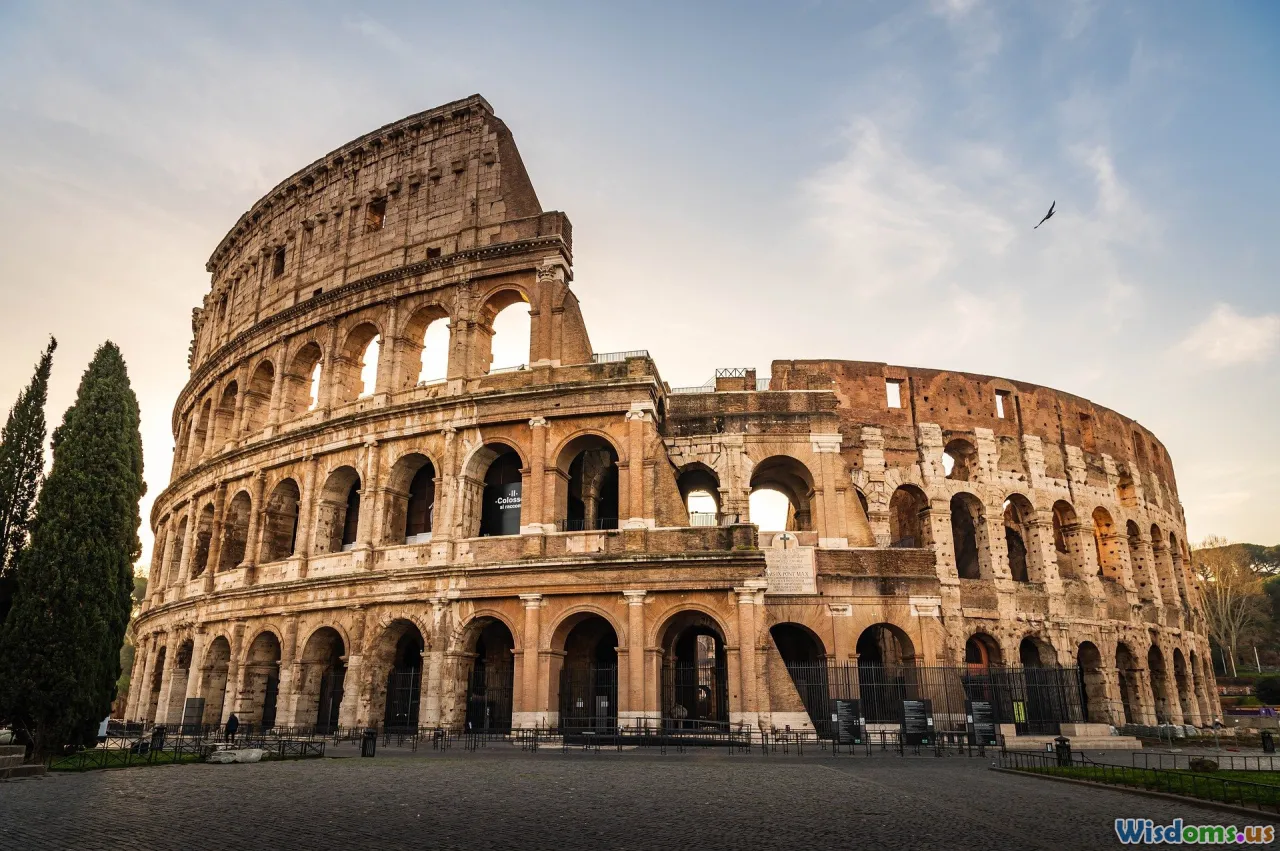
Commercial survival required not just maritime might, but also diplomatic finesse. Carthaginians cultivated alliances and struck deals wherever they sailed, building complex relationships with:
- Etruscans: Their trading partners and sometimes military allies for centuries. Archaeological evidence confirms robust trade in wine, ceramics, and manufactured goods between Etruria and Carthaginian settlements.
- Greek City-States: By turns competitors and business associates, Greeks and Carthaginians often clashed over Sicily, but also exchanged aesthetic ideas, pottery designs, and commercial savvy.
- Indigenous Peoples: In Iberia, Sardinia, and North Africa, Carthaginian traders worked with (or co-opted) local chieftains, integrated locally sourced goods, and introduced coinage to streamline transactions.
- Rome: For centuries, Rome and Carthage had a trade treaty that defined spheres of influence in Italy and Sicily. Eventually, commercial rivalry became military confrontation—a cautionary tale of how intertwined and fragile ancient economies could be.
A Punic treaty with Rome dated to the early 3rd century BCE, preserved by Polybius, even meticulously defines—from which ports Roman traders might depart, what goods could be exchanged, and which territories lay off-limits—demonstrating the contractual complexity and importance of regulated economic relations in the ancient Mediterranean.[^3]
[^3]: Polybius, Histories, Book III, Ch. 22-26.
Secrets of Logistics: Ships, Warehouses, and Technology
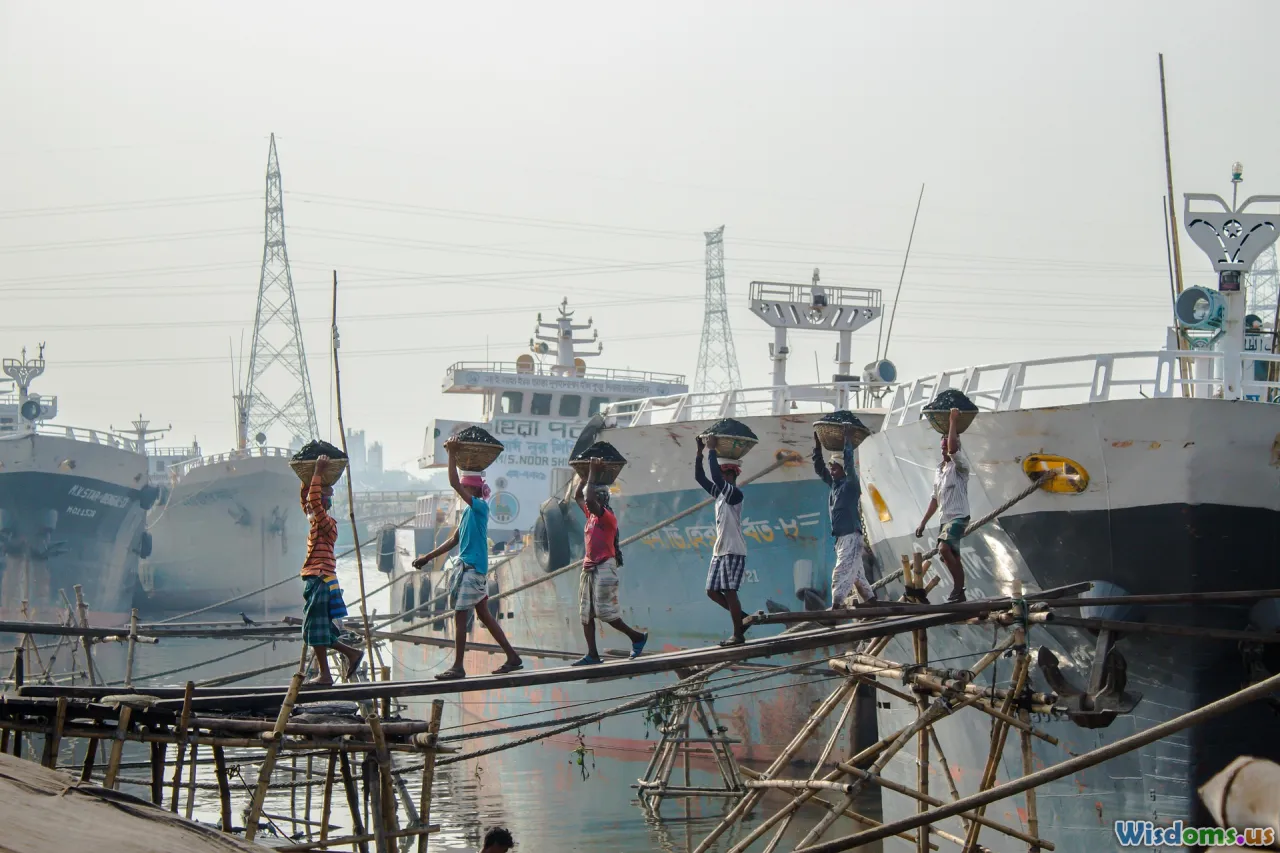
Critical to Carthaginian success was logistical sophistication. They were not content with mere navigation repertoire; instead, they innovated in ship design, cargo handling, and port infrastructure:
- Punic Shipyards: Recent digs beneath modern Tunis reveal a semi-circular artificial military harbor (the Cothon), with wet docks for up to 220 ships. The adjoining commercial port could service bulk grain carriers and specialty merchantmen alike, allowing for rapid turnaround.
- Cargo Optimization: Ships like the gaulos, with rounded hulls, maximized internal space and stability. Some were fitted with double planking and special pitch sealant to withstand long-haul transitions across Amalfi, Tyrrhenian and even Atlantic routes.
- Warehouse Innovations: Multi-story granaries and storehouses enabled stockpiling of commodities, protection from spoilage, and better risk management prior to loading and shipping. Comparable systems were not seen in Rome until hundreds of years later.
- Maritime Insurance: Emerging scholarship posits that Carthaginians participated in forms of risk-sharing and profit-pooling, possibly analogous to early marine insurance.
All these advanced features allowed their fleets to push both capacity and distance, assuring supplies for home and profit across an expanding network—and providing buffers against famine, economic shock, or political disruption.
Cultural Exchange Through Commerce

Trade was not merely the transit of goods; it was also the movement of ideas, rituals, and ways of life. As Carthaginian merchant colonies multiplied, so did cultural symbiosis. Evidence of this slow diffusion includes:
- Religious Syncretism: Carthage's chief deities, Baal and Tanit, found local variants in Sardinia and Tunisia. Temples exhibited blends of Punic and indigenous form, while religious festivals fostered cross-cultural ties.
- Linguistic Imprints: The Punic alphabet (itself derived from Phoenician) cropped up on grave stelae, coins, and pottery fragments seen from Malta to southern Iberia.
- Art and Craftsmanship: Pottery forms, decorative motifs, and metalworking techniques show unmistakeable Punic signatures. The famous "Iberian sphinx" statues of Andalusia even echo Carthaginian antecedents.
- Diet and Cuisine: Oils, fish sauces, and farming techniques transferred by Carthage’s traders gradually altered foodways across their influenced territories, extending far into the western Mediterranean diet.
The Shadow of War and the Decline
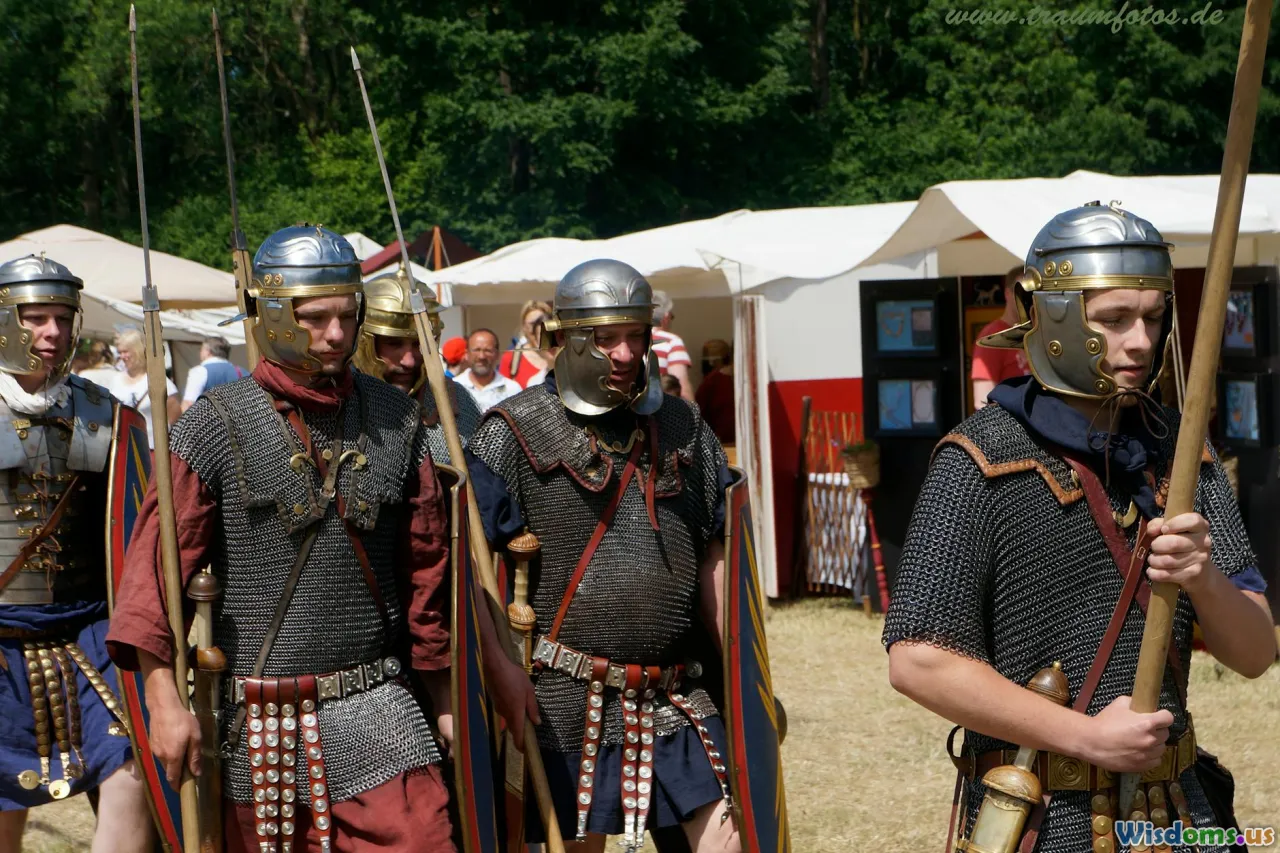
These commercial achievements were not without peril. Gradually, Carthage’s economic dominance bred conflict: first with Sicilian Greeks, then with expansionist Rome. The three Punic Wars (264-146 BCE) shattered an age-old system; by the war’s end, Julius Caesar and his legions demolished Carthage. The burning of the harbor marked more than military defeat—it symbolized the destruction of an entire pattern of commerce.
Yet, traces of Carthaginian trade survived beyond the ruins. Even as Rome tried to efface Punic culture, elements of logistics, warehousing, and maritime practice were absorbed into the empire’s own system. Phoenician scripts, granary architecture, and even the Roman trireme owed much to their once-mighty rivals.
Lessons for Modern Global Trade
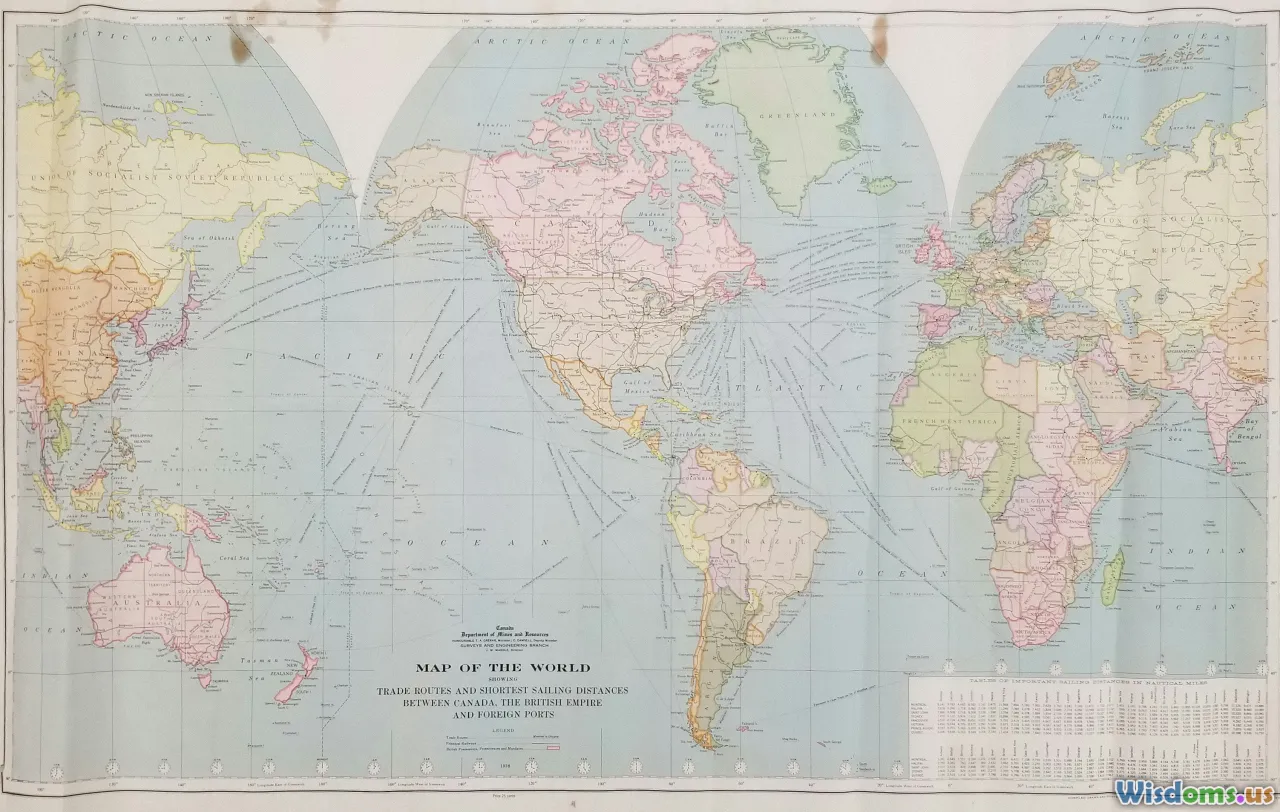
What can today’s globalized world learn from forgotten Punic shipping manifests? Their experiences offer enduring lessons for modern supply chains and economic relations:
- Strategic Geographic Use: Position drives fortune—whether in ancient harbors or today’s global ports.
- Network Redundancy: By ensuring supply flexibility and multiple nodes, Carthaginian models echo today’s principles of distributed risk.
- Blend of Innovation and Adaptability: From ship design to port management, willingness to evolve provides a critical edge.
- Diplomatic Acumen as Economic Necessity: Navigating alliances, treaties, and rivalries remains as vital now as two thousand years ago.
- Cultural Empathy: Trade fosters connection and diffusion, but also requires respect for local partners and an openness to mutual exchange.
The story of Carthaginian maritime trade networks is not just a tale of lost glory. It is a blueprint—a vision of commerce that integrates strategy, infrastructure, culture, and adaptability. As archaeologists dive deeper and comparative historians bring new context, the Mediterranean’s ancient crossroads continues to share its best-kept maritime secrets with the world.
Rate the Post
User Reviews
Other posts in Ancient History
Popular Posts











